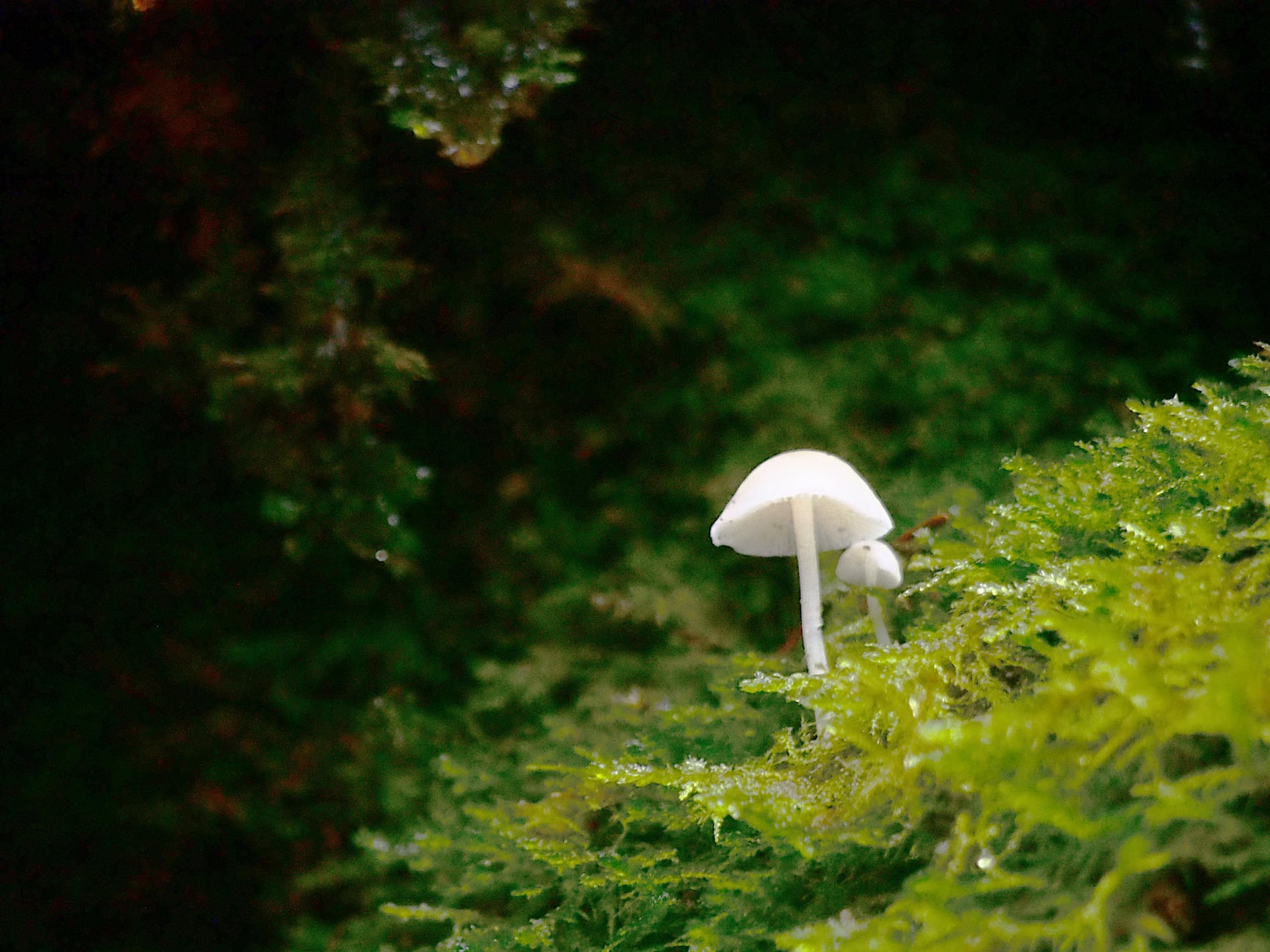Sleights. Stock Shuffle.
Execution and Patter. "Ladies and Gentlemen, I shall next attempt an experiment in mind-reading, and though I do not claim to be an adept in the art, I have managed to obtain an understanding of its fundamental principles, and I shall endeavor to demonstrate that under favorable conditions I can actually read the thought that is most prominent in the mind of a willing subject. I wish some gentleman in the audience who is desirous of giving my ability a fair and impartial test, to take this deck of cards in his own hands and select any four he may wish for the purpose of my experiment."
(Give deck to spectator, who selects four cards at will, and take back deck.)
"Now, sir, will you please make a mental note of any one card of the four you have selected, and as an aid to impress it most firmly, think of the one that to you may appear the most easily remembered. If you can associate one of them with a prominent date, or some incident in your own life, so much the better; and, if possible, disabuse your mind completely of the other three. Have you done this? Thank you. Now insert the four anywhere in the deck."
(Have cards replaced in middle, form break above, with right thumb at inner end, turn on side in left hand in position for blind shuffle. Under cut to about half portion above break, shuffle off to break, run two, in-jog running, say, seventeen, out-jog and shuffle off. Under cut to in-jog and throw on top. Under cut to out-jog, run seven and throw balance on top. This action places two of the selected cards the ninth and tenth from the top, and the other two the eighteenth and nineteenth.)
"Now, ladies and gentlemen, I have doubtless quite satisfied you, and most certainly myself, that the four cards drawn, including the particular one thought of, are hopelessly lost in the shuffle; but before attempting to read the mind of the gentleman who is so kindly assisting me in the experiment, I wish to be assured that he has got the card firmly established in his memory. Please watch these cards as I expose them. I shall not attempt to determine the card should it appear, by any outward sign you may make: in fact, I shall not look at either you or the cards."
(Expose seventeen cards, one at a time, throwing them carelessly one on the other, face Up, on the table. Note the two selected cards, the ninth and tenth, as they fall on the table, paying no attention to the others.)
"Did you see the cards you thought of?"
(If he did, it is one of those noted. If not, it is one of the next two selected cards, which are now on top of deck. In either event.)
"Well, I see that you are not at all uncertain about your memory."
(Now assuming the thought card is on the table; if they are of different color, by ascertaining the color of the thought card, its identity is established. If of the same color, but different suit, the suit will fix its identity. If both color and suit are the same, the value must be different, and the first question is asked concerning the point of difference. In whichever particular. they differ, color preferred, gaze intently into the individual’s eyes.)
"Please think of the color. Was it red?"
(In event of it being so, it will be presumed that the guess was certain knowledge. Should he answer "No," step close to him, taking his hand.)
"Kindly permit me to come in contact with you, and I am certain to obtain a perfect impression of your thought"
(In either event the answer to the first question discloses the identity of the thought card.)
"Oh, now I obtain a startlingly clear impression of the color, and the suit is Diamonds."
(Or, as the case may be.)
"Now, please think solely of the value."
(Then, meditatively.)
"Was it a Court or a Spot card? Now, as I close my eyes to prevent the confusion of external objects, I see it is covered with spots; one, two, three, four, five, six, seven. yes, it is the Seven of Diamonds."
(Or, as the case may be.)
Should the thought card not have been one of those exposed, and the chances are even, get a glimpse of the two top cards when replacing the table cards, or by shifting them to the bottom, and proceed in the same manner to ascertain which is the one thought of.
